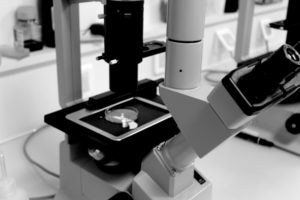Atrial fibrillation in the presence and absence of heart failure enhances expression of genes involved in cardiomyocyte structure, conduction properties, fibrosis, inflammation, and endothelial dysfunction.
Stef Zeemering,
Heart Rythm.2022 Aug 22;S1547-5271(22)02315-3.
PMID:3600772 – DOI: 10.1016/j.hrthm.2022.08.019. Online ahead of print.
Abstract
Background: Little is known about genome-wide changes in the atrial transcriptome as a cause or consequence of atrial fibrillation (AF), and the effect of its common and clinically relevant comorbidity, heart failure (HF).
Objective: To explore candidate disease processes for atrial fibrillation, we investigated gene expression changes in atrial tissue samples from patients with and without AF, stratified by HF.
Methods: RNA sequencing was performed in right and left atrial appendage tissue in 195 patients undergoing open-heart surgery from centers participating in the CATCH-ME consortium (no history of AF (n=91), paroxysmal AF (n=53) and persistent/permanent AF (n=51)). Analyses were stratified into patients with and without HF (n=75/120), and adjusted for age, sex, atrial side, and a combination of clinical characteristics.
Results: We identified 35 genes associated with persistent AF compared to patients without a history of AF, both in the presence or absence of HF (false discovery rate<0.05). These were mostly novel associations, including 13 long non-coding RNAs. Genes were involved in regulation of cardiomyocyte structure, conduction properties, fibrosis, inflammation, and endothelial dysfunction. Gene set enrichment analysis identified mainly inflammatory gene sets to be enriched in AF patients without HF, and gene sets involved in cellular respiration in AF patients with HF.
Conclusions: Analysis of atrial gene expression profiles identified numerous novel genes associated with persistent AF, in presence or absence of HF. Interestingly, no consistent transcriptional changes were associated with paroxysmal AF, suggesting that AF-induced changes in gene expression predominate other changes.
Keywords: Atrial fibrillation; RNA sequencing; atrial tissue samples; gene expression; heart failure.


